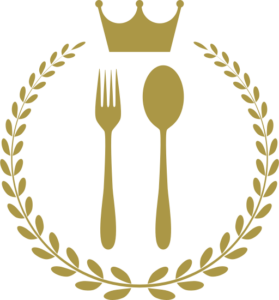Unlock the hidden meaning: what cornbread reveals on new year’s eve
Cornbread holds a cherished place in the culinary traditions of many cultures, particularly during the festive season of New Year’s. Its golden hue and crumbly texture represent prosperity, abundance, and the promise of a sweet year ahead.
Origins of the Cornbread Tradition
The origins of cornbread’s association with New Year’s can be traced back to ancient times. In pre-Columbian Mesoamerica, maize (corn) was considered a sacred crop and a symbol of fertility. Native American tribes celebrated the new year with feasts featuring cornbread, believing it would bring good fortune and a bountiful harvest.
Cornbread as a Symbol of Prosperity
In many cultures, cornbread is seen as a symbol of prosperity and wealth. Its golden color resembles gold, a precious metal associated with abundance and financial security. Eating cornbread on New Year’s is believed to attract prosperity and ensure a year filled with financial blessings.
Cornbread as a Symbol of Abundance
The crumbly texture of cornbread represents abundance and plenty. Its ability to absorb liquids and sauces symbolizes the capacity to receive blessings and nourishment. By consuming cornbread on New Year’s, it is believed that one invites abundance into their lives.
Cornbread as a Symbol of Good Fortune
Cornbread is also associated with good fortune and luck in many cultures. Its round shape represents the cycle of life and the turning of a new year. Eating cornbread on New Year’s is believed to bring good luck and ward off misfortune for the year to come.
Cornbread as a Symbol of Renewal
New Year’s is a time of renewal and fresh starts. Cornbread, with its simple yet comforting taste, represents the shedding of old habits and the embracing of new possibilities. By eating cornbread on New Year’s, it is believed that one can cleanse their palate and make way for a year of growth and transformation.
Cornbread as a Symbol of Unity
In some cultures, cornbread is shared among family and friends on New Year’s as a symbol of unity and togetherness. The act of breaking bread together represents the strengthening of bonds and the sharing of blessings.
Summary: The Enduring Significance of Cornbread on New Year’s
Cornbread has become an enduring symbol of New Year’s celebrations, representing prosperity, abundance, good fortune, renewal, and unity. Its golden hue, crumbly texture, and simple taste serve as a reminder of the blessings and possibilities that the new year holds.
Basics You Wanted To Know
Q: Why is cornbread eaten on New Year’s?
A: Cornbread is eaten on New Year’s for its symbolism of prosperity, abundance, good fortune, renewal, and unity.
Q: What cultures associate cornbread with New Year’s?
A: Cornbread is associated with New Year’s in many cultures, including Native American, African American, and Southern American cultures.
Q: What is the significance of the golden color of cornbread?
A: The golden color of cornbread resembles gold, a precious metal associated with abundance and financial security.
Q: Why is cornbread considered a symbol of abundance?
A: Cornbread’s crumbly texture represents the capacity to receive blessings and nourishment, symbolizing abundance and plenty.
Q: How does eating cornbread on New Year’s attract good luck?
A: Eating cornbread on New Year’s is believed to bring good luck and ward off misfortune for the year to come due to its association with good fortune and the cycle of life.
